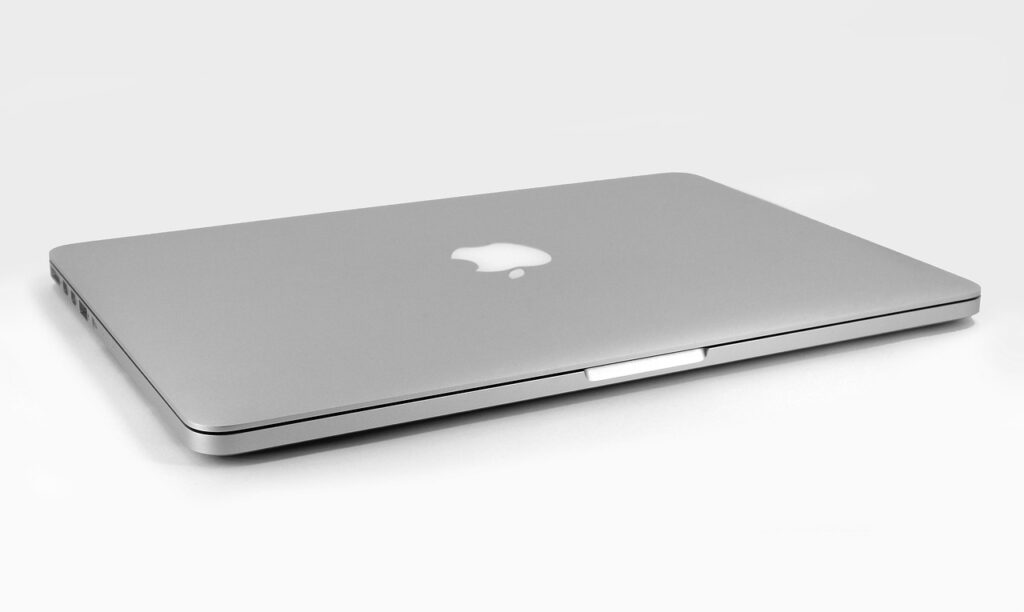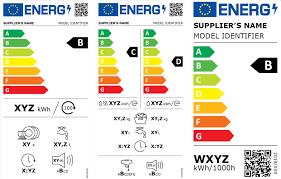Šiame tinklaraštyje siekiame ne tik informuoti apie naujausius technologinius pasiekimus, bet ir padėti jums geriau suprasti, kaip efektyviai panaudoti jau turimas technologijas. Nuo praktinių patarimų, kaip prailginti baterijos veikimo laiką, iki išsamių apžvalgų apie naujausius dirbtinio intelekto pasiekimus – čia rasite viską, ko reikia šiuolaikiniam technologijų entuziastui.
- Updating in-car navigation (6)
- Repair of vacuum cleaners (2)
- E-scooter repair, news (2)
- Repair of power tools (1)
- Fotoaparatų, objektyvų, vaizdo kamerų remontas (4)
- Coffee machine repair, news (3)
- Computer repair, news (119)
- Konsolių XBOX, PlayStation, Nintendo ir kitų remontas (2)
- Repair of rectifiers (2)
- Technologijos (61)
Samsung belaidės ausinės kaina ir atsiliepimai
Kas yra Samsung belaidės ausinės ir kodėl jos tapo tokios populiarios Belaidės ausinės jau seniai…
Apple kompiuteriai kaina: MacBook ir iMac palyginimas
Kodėl Apple kompiuteriai kainuoja tiek, kiek kainuoja? Kai pirmą kartą pažvelgi į Apple kompiuterių kainas,…
E interjeras: virtualios realybės dizaine
Kai kompiuteris tampa architekto dirbtuve Prisimenu, kaip prieš kokį dešimtmetį interjero dizaineriai dar braižė eskizus…
Google Pixel kaina Lietuvoje 2025
Kas tie Google Pixel telefonai ir kodėl apie juos visi kalba Jei sekate technologijų naujienas,…
Huawei planšetė: geriausios kainos ir modeliai
Kas yra Huawei ir kodėl jų planšetės vertos dėmesio Kinų technologijų milžinė Huawei pastaraisiais metais…
Energijos klasės: kaip suprasti etiketes
Kas yra tie spalvoti lipdukai ant buitinės technikos Turbūt pastebėjote, kad beveik ant kiekvieno šaldytuvo,…





